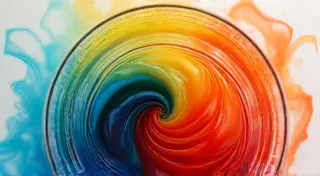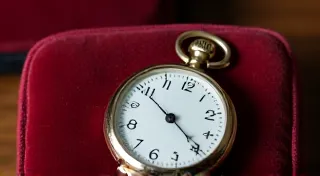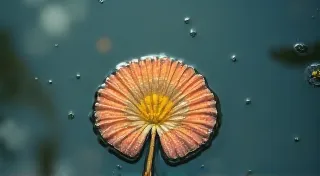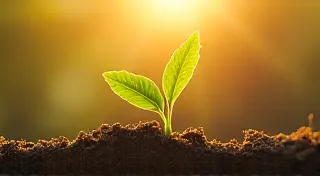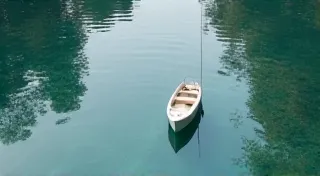Magnetism and the Mimic: Creating Robotic Sculptures
There’s a particular beauty in obsolescence. The subtle wear of time, the quiet hum of a mechanism nearing its end – it tells a story richer than any freshly manufactured product ever could. I’ve always felt this most profoundly with antique accordions. Their bellows, once filled with the vibrant energy of dance halls, now whisper with the weight of history. The ivory keys, worn smooth by countless fingers, hold echoes of melodies long forgotten. It’s this sense of legacy, this tangible connection to the past, that I find myself trying to replicate in my current passion: robotic sculptures powered by rare earth magnets.
My fascination isn's just about the technology; it's about bringing inanimate objects to life, imbuing them with a sense of movement and personality, much like the feeling one gets when hearing a master accordionist coax a poignant tune from their instrument. The meticulous craftsmanship required to create a finely-tuned accordion, the intricate gears and levers working in perfect harmony, is a direct parallel to the challenges and rewards of building magnetic robots. Both require a deep understanding of mechanics, an appreciation for detail, and a willingness to experiment.
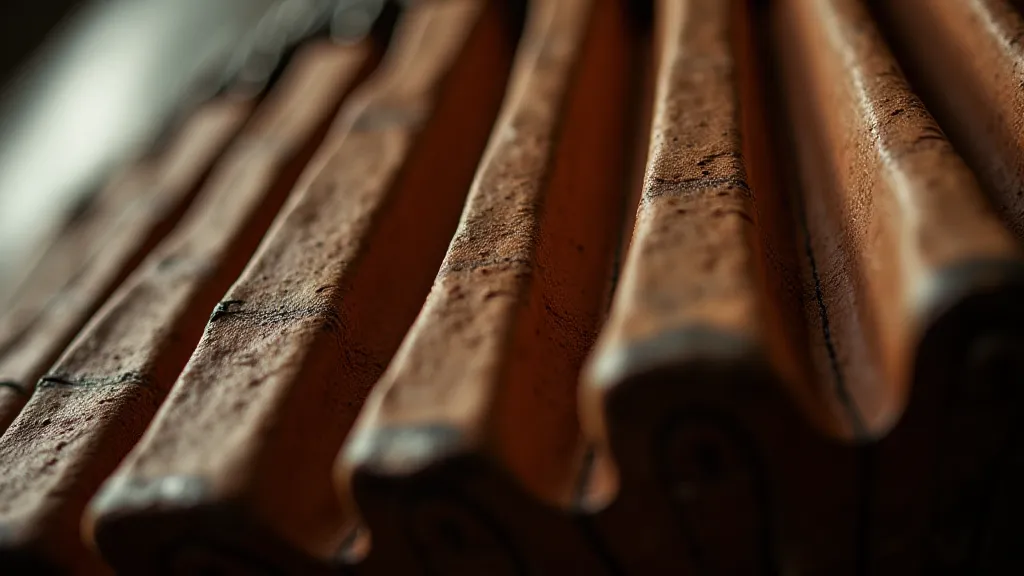
The Accordion's Legacy: A Mechanical Heart
Consider the accordion itself. It’s a marvel of mechanical engineering, a compact powerhouse of pistons, reeds, and levers. The precision required to assemble one, to ensure each component contributes to the overall sound, is breathtaking. Restoring an old accordion is akin to piecing together a puzzle, not just of parts, but of memories. Each screw, each valve, speaks volumes about the era it came from and the hands that built it. And just as a master craftsman would painstakingly restore an accordion, bringing its original beauty back to life, I strive to achieve a similar level of refinement in my magnetic sculptures.
My initial projects were simple – small, oscillating figures driven by a single neodymium magnet. But I soon realized the potential for much more complex movements. Rare earth magnets, with their incredible strength, offer a level of control that’s simply unattainable with weaker magnetic materials. They allow for precise positioning, controlled acceleration, and intricate sequences of motion. This power, coupled with a bit of ingenuity, is the key to creating truly compelling robotic art.
Rare Earth Magnets: The Engine of Motion
The journey began with an exploration of how magnetic fields interact. A single magnet, properly positioned, can repel or attract another, creating a basic oscillating movement. By adding a series of strategically placed magnets, the possibilities expanded exponentially. The challenges lie in managing those forces, preventing unwanted vibrations and ensuring a smooth, controlled motion. This is where the parallels with accordion restoration become even clearer. Just as a restorer must carefully adjust the bellows to eliminate unwanted leaks and ensure even pressure, I must meticulously balance the magnetic forces to achieve the desired movement.
Let's talk about safety. Rare earth magnets are powerful, and their strength demands respect. They can pinch skin, damage electronics, and even erase magnetic storage media. Always handle them with care, keep them away from children, and be mindful of their potential impact on sensitive equipment. A small piece of ferrous metal, like a pin, can become a projectile with a powerful magnet. Proper containment and handling are essential.
Designing for Magnetism: A Different Perspective
The design process itself is unique. It's less about traditional sculpting and more about engineering. I begin by sketching out the desired movement – a subtle nodding of the head, a graceful turning of the wrist, a synchronized dance of limbs. Then, I translate that vision into a mechanical structure, carefully considering the placement of the magnets, the geometry of the linkages, and the distribution of weight. The weight distribution is critical. An imbalance can lead to jerky movements and instability. The interplay of forces and precise timing often evokes thoughts of other mechanical devices—the controlled release of energy much like a carefully constructed polarity's dance. Understanding those principles is fundamental to creating truly captivating movement.
The materials I use vary depending on the project, but I often favor lightweight metals like aluminum and brass. These materials offer a good balance of strength and malleability, allowing me to create intricate shapes and delicate features. The aesthetic is often inspired by antique machinery – gears, levers, and pistons – a conscious nod to the beauty of obsolescence that I find so compelling. I aim to create sculptures that are both technically impressive and visually appealing, objects that evoke a sense of wonder and appreciation for the ingenuity of human invention.
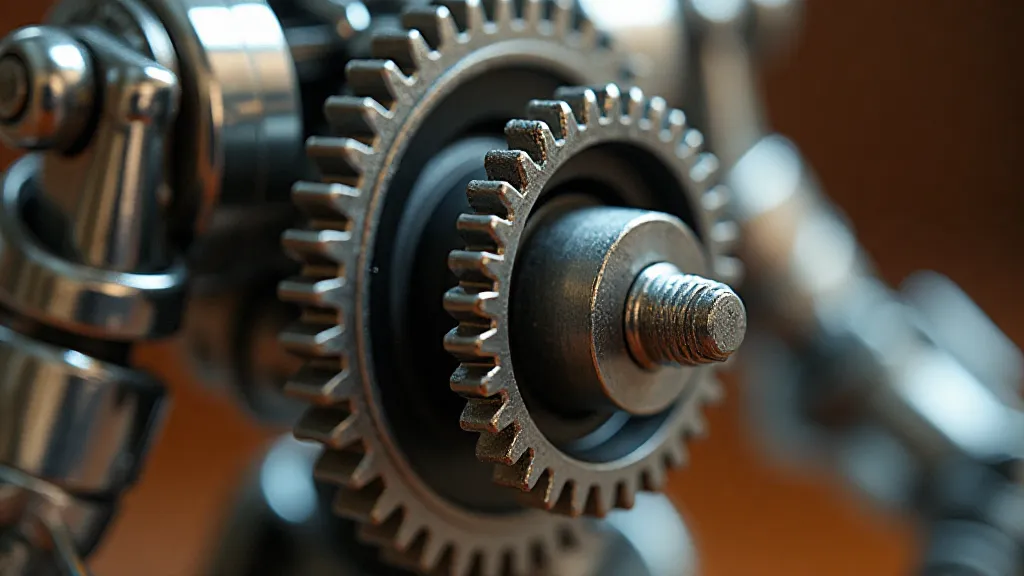
Beyond Simple Movement: Creating Personality
The ultimate goal isn’t just to create movement; it's to imbue the sculpture with a sense of personality. I want viewers to feel as though the object is alive, that it possesses its own unique character. This is achieved through subtle nuances in the movement, through unexpected gestures, through the overall aesthetic. A slight tilt of the head, a deliberate pause before a movement, a flicker in the eyes – these small details can make all the difference. It's about more than just applied physics; it’s about understanding how people interpret motion and assigning intention to seemingly random events. This complex interplay often leads me to ponder the underlying principles of magnetic fields and their potential – a pursuit not unlike what an alchemist might dream of when considering whispers of the void.
Sometimes, the most captivating moments come from the imperfections. A slight tremor, an unexpected wobble – these are reminders that the sculpture isn’t a perfectly programmed machine, but a handcrafted object, a testament to the artistry and skill of its creator. The challenges are constant – balancing power and control, aesthetics and functionality, simplicity and complexity. But the rewards are immense. Seeing a sculpture come to life, witnessing the wonder in the eyes of a viewer, is a feeling unlike any other.
The journey mirrors, in many ways, the appreciation one develops for an antique accordion. It’s not simply about the instrument itself; it’s about the history it represents, the craftsmanship that went into its creation, and the memories it holds. My robotic sculptures are my attempt to capture that same sense of legacy, to create objects that are both technically impressive and emotionally resonant, objects that will endure long after I’ll be gone.
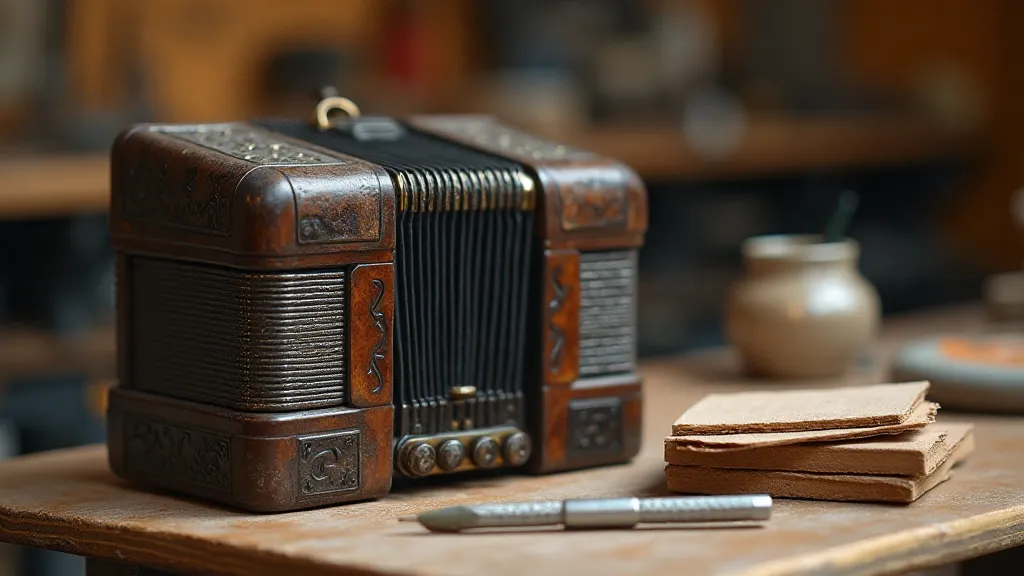
The Future of Magnetic Art
I see a future where magnetic art becomes more accessible, where anyone can experiment with these fascinating materials and create their own unique sculptures. The availability of powerful, affordable magnets is only increasing, and the development of new magnetic materials promises even greater possibilities. The intersection of art and engineering is a fertile ground for innovation, and I’m excited to see what the future holds. Perhaps one day, we'll see entire exhibitions dedicated to magnetic sculptures, showcasing the ingenuity and artistry of a new generation of robotic artists, continuing the legacy of craftsmanship and innovation that I find so inspiring. Further explorations into magnetic fields have always been shrouded in mystery and challenge, much like the magnetic resonance itself.
The process of achieving controlled motion extends beyond just the physical arrangement of magnets; it’s deeply entwined with an understanding of materials science and the nuances of magnetic permeability. Experimentation often reveals unexpected phenomena, moments where intuition clashes with mathematical models, leading to breakthroughs. Consider the challenges of creating a smooth, consistent motion – it's a delicate dance between repulsive and attractive forces, a constant refinement of design and execution. This pursuit isn't just about creating moving art, it’s about understanding the fundamentals of levitating echoes.
The materials I use vary depending on the project, but I often favor lightweight metals like aluminum and brass. These materials offer a good balance of strength and malleability, allowing me to create intricate shapes and delicate features. The aesthetic is often inspired by antique machinery – gears, levers, and pistons – a conscious nod to the beauty of obsolescence that I find so compelling. I aim to create sculptures that are both technically impressive and visually appealing, objects that evoke a sense of wonder and appreciation for the ingenuity of human invention.
The materials I use vary depending on the project, but I often favor lightweight metals like aluminum and brass. These materials offer a good balance of strength and malleability, allowing me to create intricate shapes and delicate features. The aesthetic is often inspired by antique machinery – gears, levers, and pistons – a conscious nod to the beauty of obsolescence that I find so compelling. I aim to create sculptures that are both technically impressive and visually appealing, objects that evoke a sense of wonder and appreciation for the ingenuity of human invention.
The materials I use vary depending on the project, but I often favor lightweight metals like aluminum and brass. These materials offer a good balance of strength and malleability, allowing me to create intricate shapes and delicate features. The aesthetic is often inspired by antique machinery – gears, levers, and pistons – a conscious nod to the beauty of obsolescence that I find so compelling. I aim to create sculptures that are both technically impressive and visually appealing, objects that evoke a sense of wonder and appreciation for the ingenuity of human invention.
The materials I use vary depending on the project, but I often favor lightweight metals like aluminum and brass. These materials offer a good balance of strength and malleability, allowing me to create intricate shapes and delicate features. The aesthetic is often inspired by antique machinery – gears, levers, and pistons – a conscious nod to the beauty of obsolescence that I find so compelling. I aim to create sculptures that are both technically impressive and visually appealing, objects that evoke a sense of wonder and appreciation for the ingenuity of human invention.
